Ingressos Mosteiro dos Jerónimos quanto custa e como comprar
Visiting the Jerónimos Monastery in Lisbon What You Need to Know The Discoveries Of.
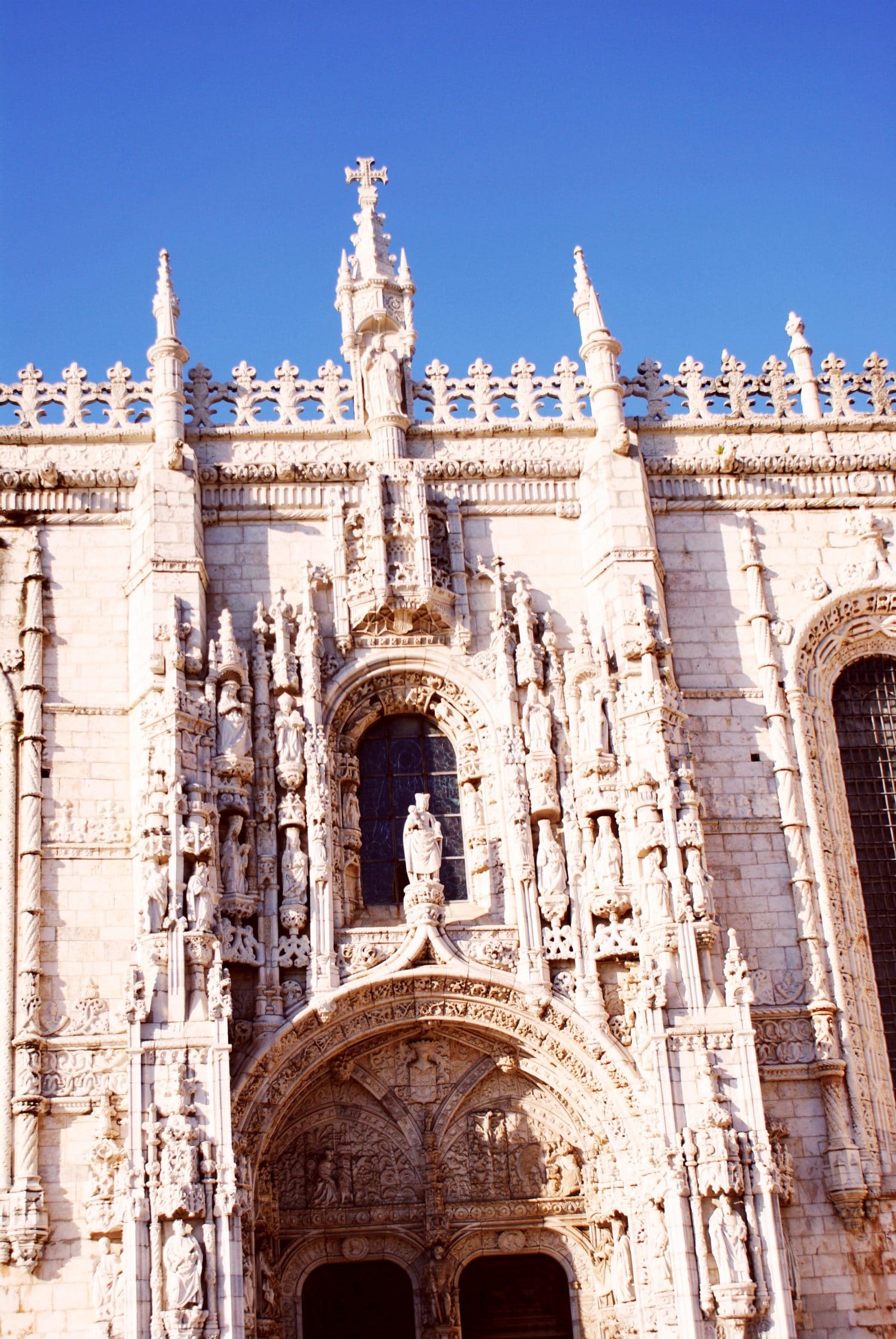
Discover Jerónimos Monastery in Lisbon, Portugal: Elaborately carved to showcase the glorious wealth that the age of exploration brought to the Portuguese empire.
Jeronimos Monastery in Lisbon District, Expedia

Mosteiro dos Jerónimos. Monuments. On the banks of the Tagus is an apogee of Manueline architecture. In the spot where the Jerónimos Monastery stands today, next to the old Belém beach, was originally a small hermitage dedicated to Santa Maria that had been built by the Infante D. Henrique, in 1452. At the start of the 16th century King.
Mosteiro dos Jerónimos eindrucksvoll Kloster We Heart Lisbon
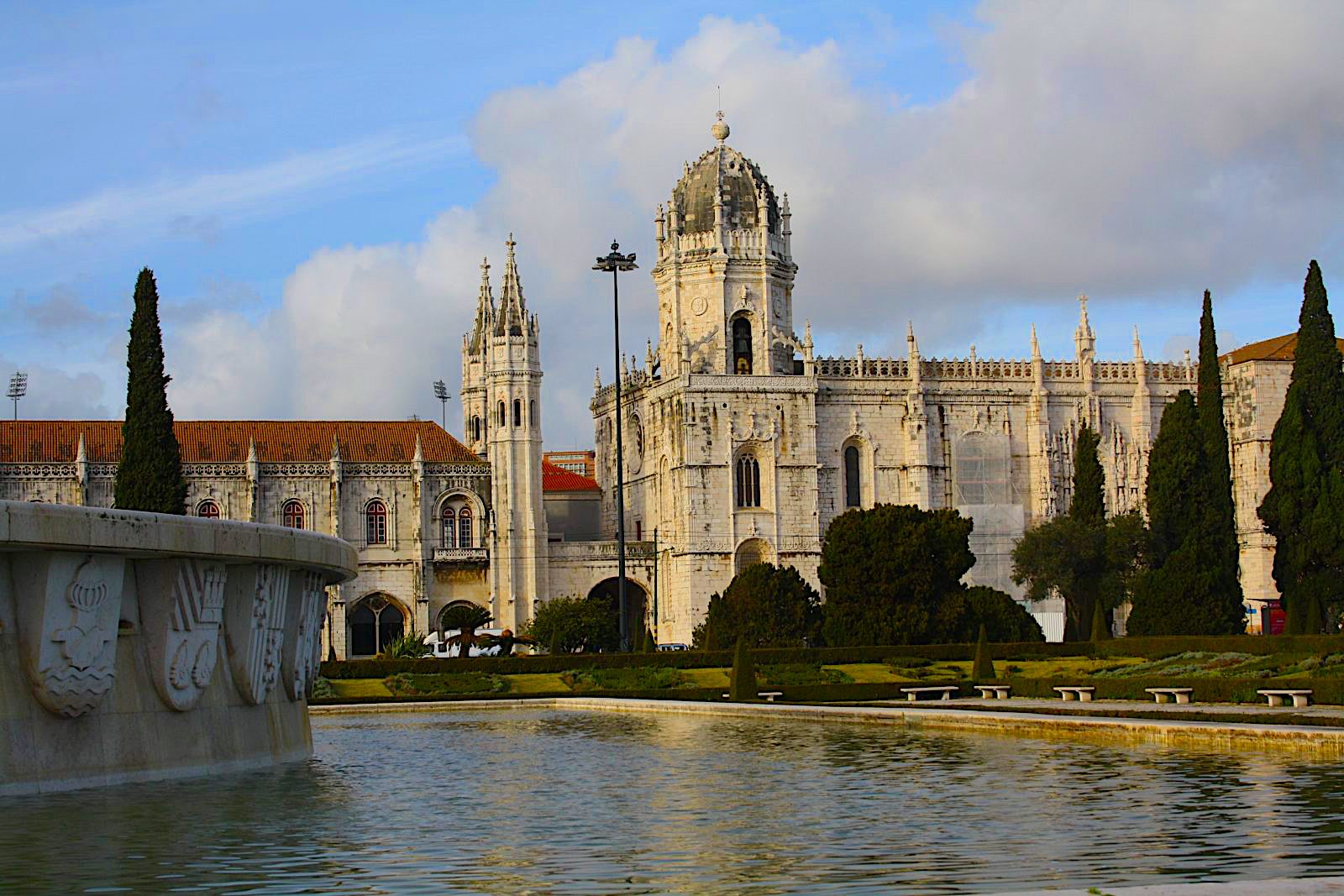
The Jeronimo's Monastery (Mosteiro dos Jerónimos) is a monastery built in the early sixteenth century in a Portuguese variation of the Gothic style. It is viewed as one of Lisbon's most grand structures. Not long after the reappearance of Vasco da Gama from India, king Manuel I requested the development of a congregation and house for the.
Visiting Belem Tower and Jeronimos Monastery in Lisbon, Portugal
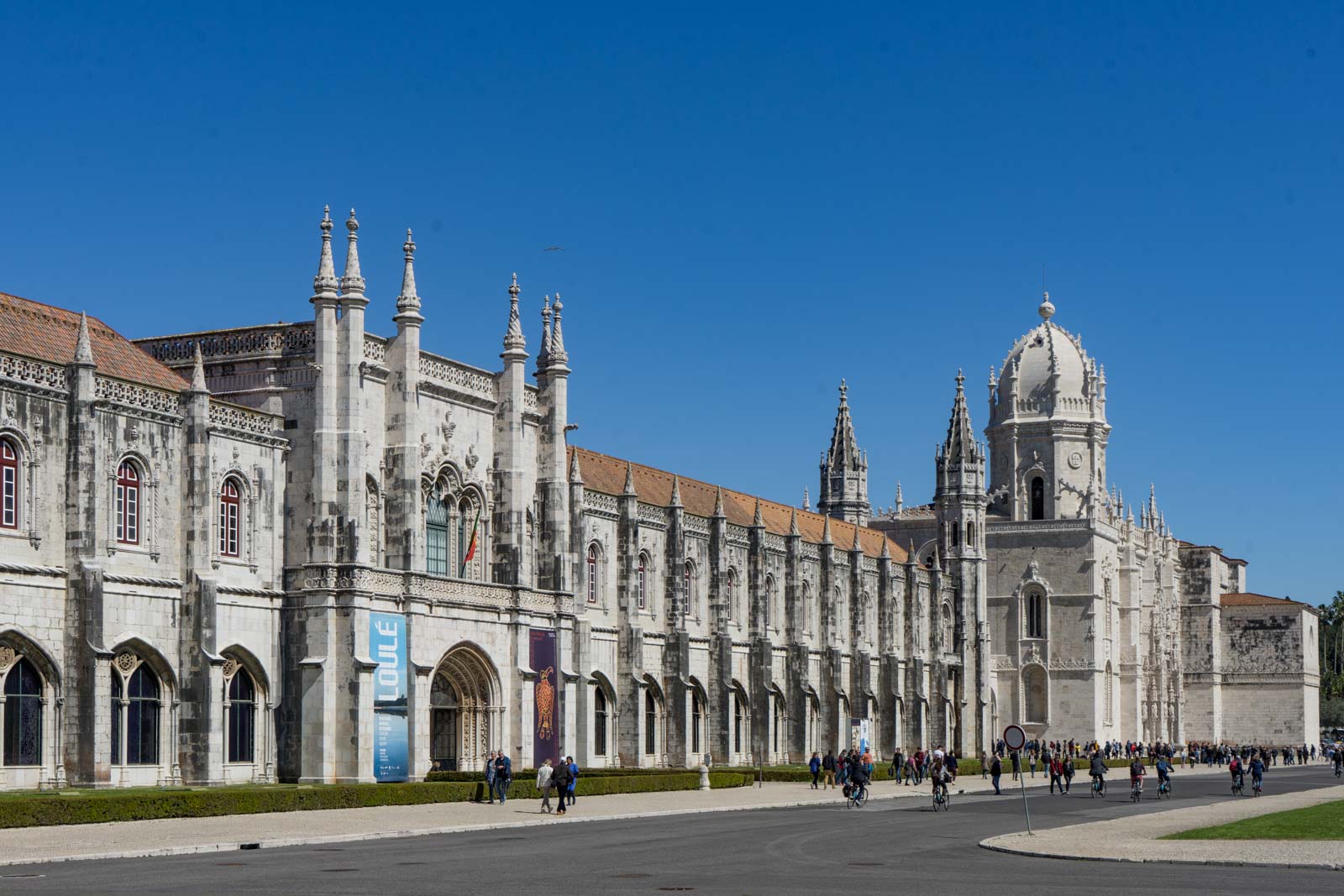
Address: Praça do Império 1400-206 Lisboa, Portugal | Google map link. Jeronimos Monastery is located in the city of Lisbon, Portugal.. 729, 714, or 751 and alight at "Mosteiro dos Jerónimos" or "Belém/Jerónimos" stop. The bus runs from 6 AM to 9 PM with varying frequencies, and tickets are available onboard or at a nearby kiosk. The.
Lisbon Jerónimos Monastery UNESCO World Heritage
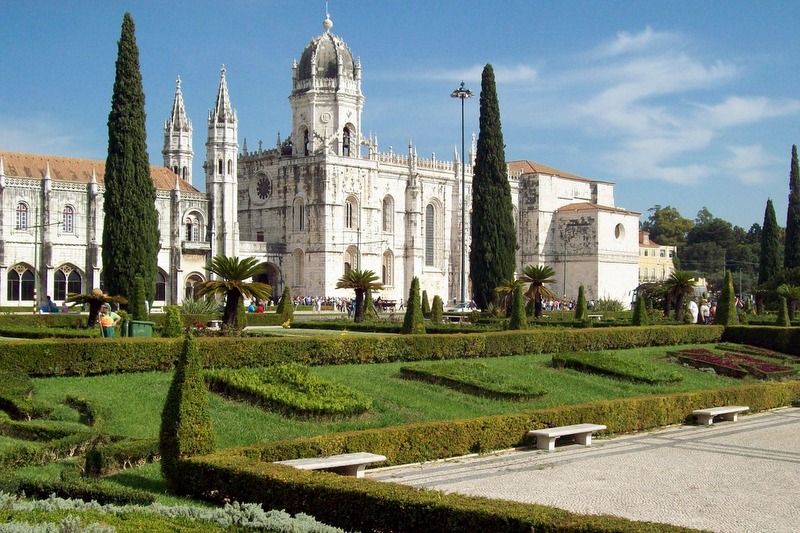
Jeronimos Monastery: A Masterpiece of Portuguese Heritage in Lisbon The Jerónimos Monastery, or Mosteiro dos Jerónimos, located in the Belém district of Lisbon, is an architectural marvel and a cultural treasure. This UNESCO World Heritage site epitomizes the Portuguese Late Gothic Manueline style of architecture, reflecting Portugal's wealth and power during the Age of Discoveries.
Mosteiro dos Jeronimos, Lissabon Expedia.se
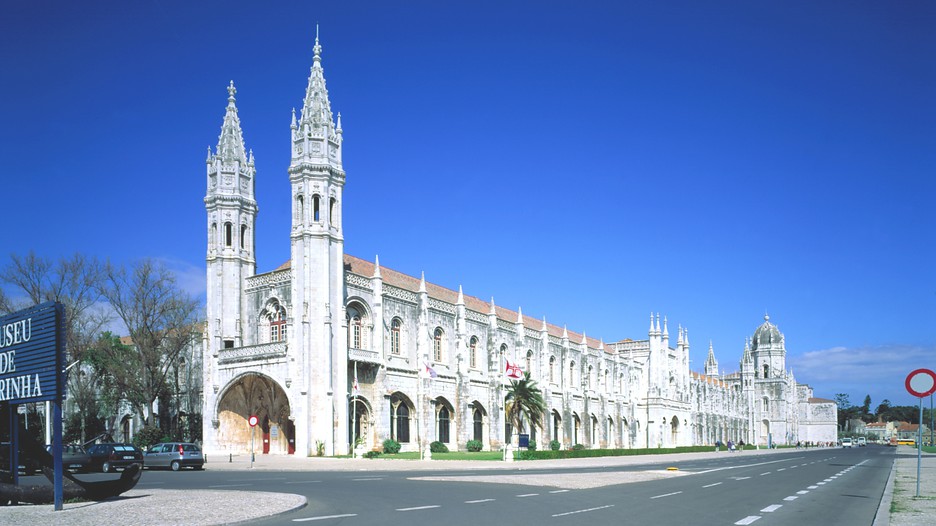
Tram 15 to the "Mosteiro dos Jeronimos" station. The tram stops in front of the beautiful monastery, so you can't go wrong. Bus 714, 727, 728, 729 or 751 from the centre of Lisbon (including Praca do Comercio) to the same stop. Train from Cais de Sodre station to Belem station, then on foot to Jeronimos monastery.
LISBOA, Portugal, Mosteiro dos Jerónimos, Arte e Património Cultural Turismo Digital

From 9:30 to 18:00. The last ticket sales time is at 17:00 and the last entry is at 17:30. Closed on Monday and January 1st, Easter Sunday, May 1st, June 13th and December 25th. Adult - 12€. Junior - 50%. Senior - 50%. Family - 50%. "Reduced rates and exemptions: - Every Sunday and Holiday - free entrance for residents in Portugal;
Visita ao Mosteiro dos Jerónimos Lisboa
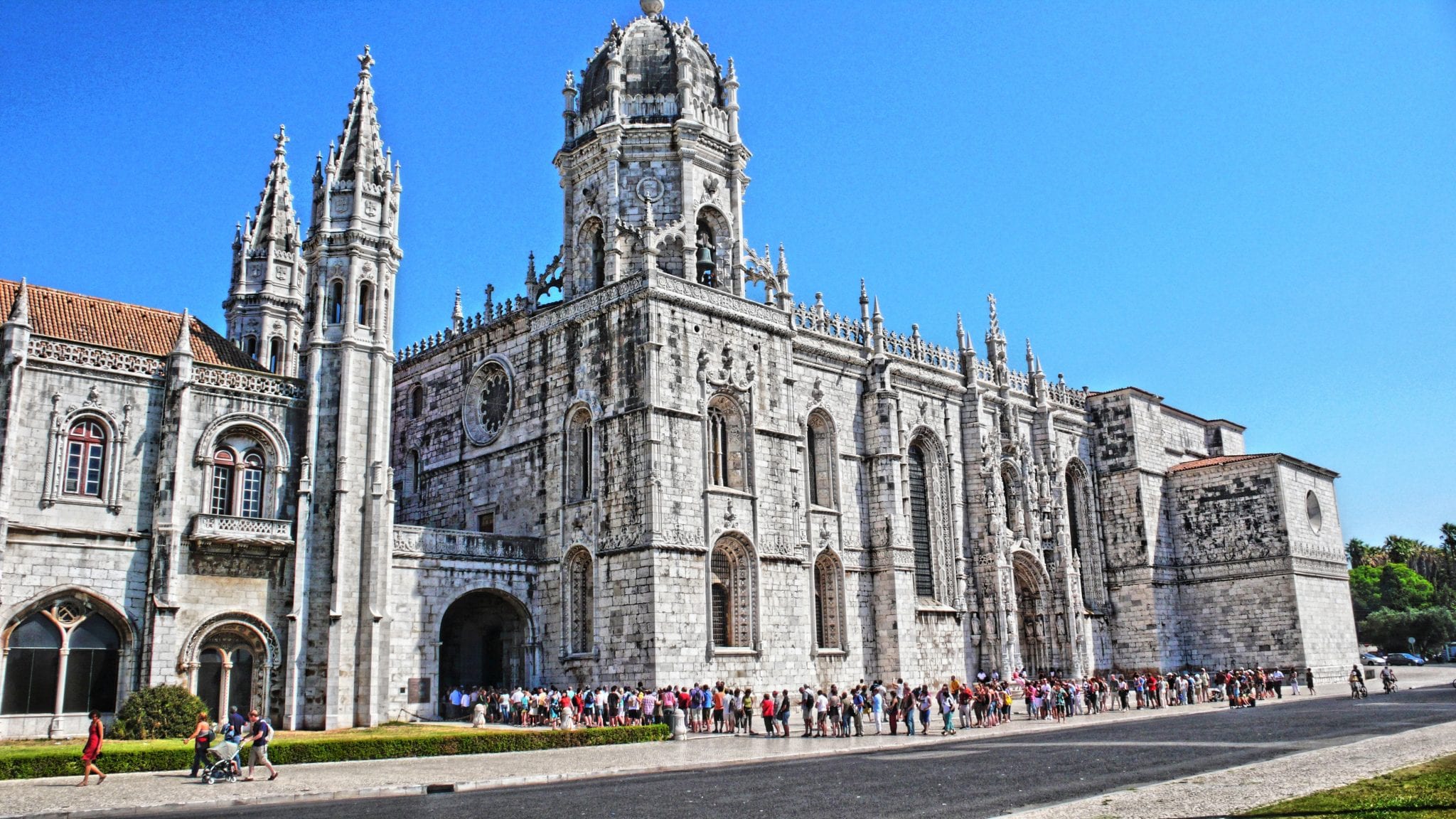
The Jeronimos Monastry in Lisbon is the resting place of Vasco da Gama. His tomb is buried here. The monastry is a masterpiece and was built in the 16th centry with manuline architecture. It symbolise the weath of Portugal during the age of discovery.
Mosteiro dos Jerónimos in Lissabon, Portugal Franks Travelbox

The Jerónimos Monastery, also called Hieronymites Monastery, is along with the Tower of Belém, one of the most visited sites in Lisbon.UNESCO declared it a World Heritage Site in 1983. This landmark is called Mosteiro dos Jerónimos in Portuguese. The religious building was designed by the Portuguese architect Diogo de Boitaca to commemorate the return of Vasco da Gama from India.
JERONIMOS MONASTERY (Mosteiro dos Jeronimos), Lisbon

The Jerónimos Monastery or Hieronymites Monastery (Portuguese: Mosteiro dos Jerónimos, IPA: [muʃˈtɐjɾu ðu(ʒ) ʒɨˈɾɔnimuʃ]) is a former monastery of the Order of Saint Jerome near the Tagus river in the parish of Belém, in the Lisbon Municipality, Portugal.It became the necropolis of the Portuguese royal dynasty of Aviz in the 16th century but was secularized on 28 December 1833.
Mosteiro dos Jerônimos A visita mais importante de Lisboa

Eintritt, Tickets und Touren für das Mosteiro dos Jerónimos. Eintritt: Das Kloster Mosteiro dos Jerónimos ist täglich außer montags geöffnet. Im Sommer (Mai bis September) ist es von 10:00 bis 18:30 Uhr geöffnet; im Winter (Oktober bis April) von 10:00 bis 17:30 Uhr. Letzter Einlass ist 30 Minuten vor Schließung.
Mosteiro dos Jerónimos, Lisboa

Tourist information for the Mosteiro dos Jeronimos. The adult admission fee for the Mosteiro dos Jeronimos is €12 Admission is free for children under 12, and the cost is €6 for those over 65 and students. The Igreja de Santa Maria is free to enter, but there is no direct entrance from the cloisters, so you will need to queue again if you.
Mosteiro dos Jerónimos, monastery of St. Jerome, Belém, Lisbon Portugal Stock Photo Alamy
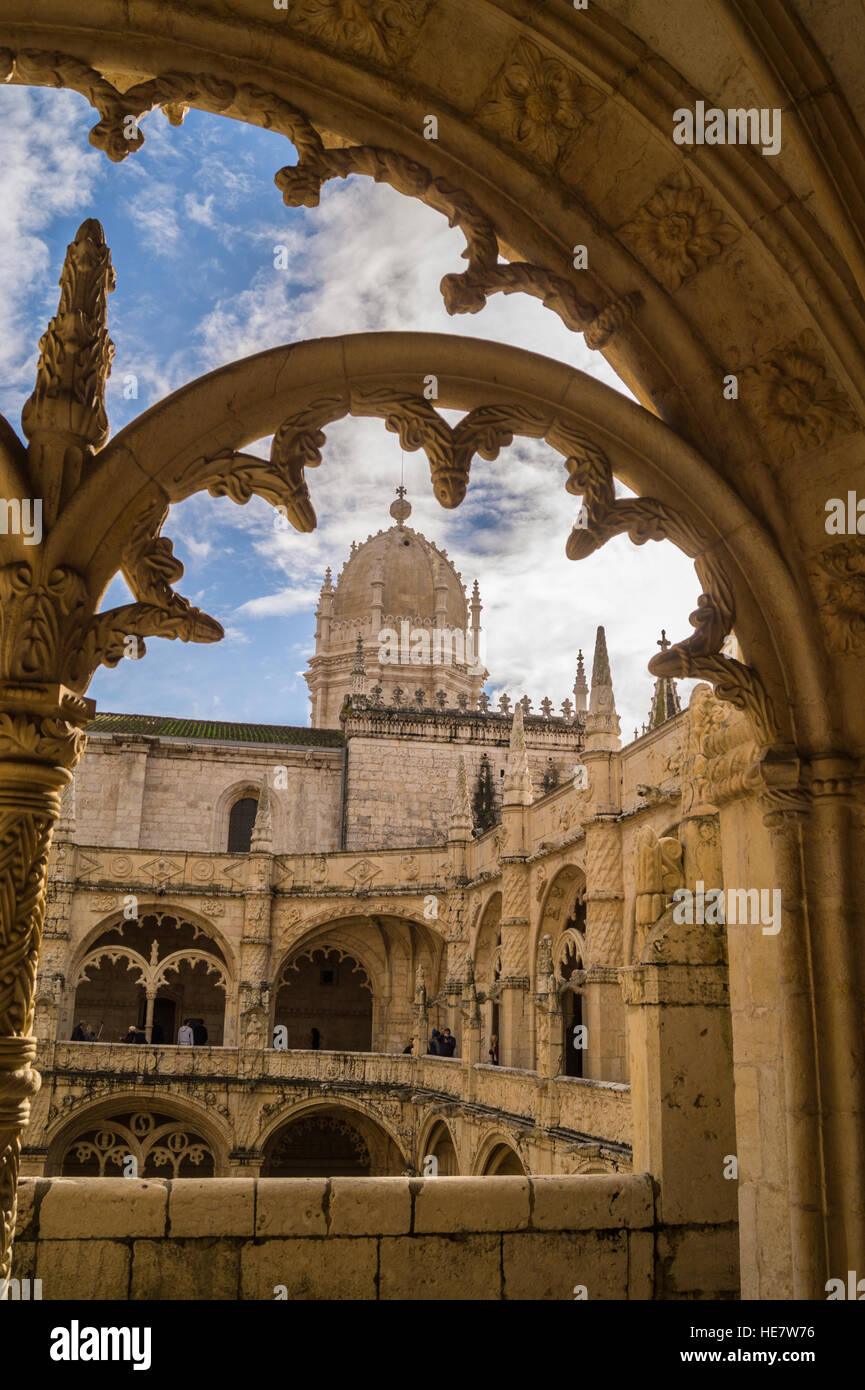
The Jerónimos Monastery is the most important and probably the most impressive late Gothic building in Lisbon. The richly decorated façade of the more than 300-meter-long building is world famous. The monastery with the nearby Torre de Belém (Tower of Belém) was declared a UNESCO World Heritage Site in 1983.
Aerial view of the Jeronimos Monastery (Mosteiro dos Jerónimos), Lisbon, Portugal Stock Photo

Jerónimos Monastery in Lisbon: Stunning the World Since 1501. Near the Tagus River in the parish of Belém is the magnificent Jerónimos Monastery, one of Portugal's finest example of Manueline architecture. Known in Portugal as Mosteiros dos Jerónimos, this architectural wonder was built by King Manuel I of Portugal in the 16th century and.
Besuchen Mosteiro dos Jerónimos

T he Jeronimos Monastery is the most impressive symbol of Portugal's power and wealth during the Age of Discovery.King Manuel I built it in 1502 on the site of a hermitage founded by Prince Henry the Navigator, where Vasco da Gama and his crew spent their last night in Portugal in prayer before leaving for India.
Upper Cloisters of the Jeronimos Monastery ( Mosteiro dos Jeronimos ), Belem district, Lisbon
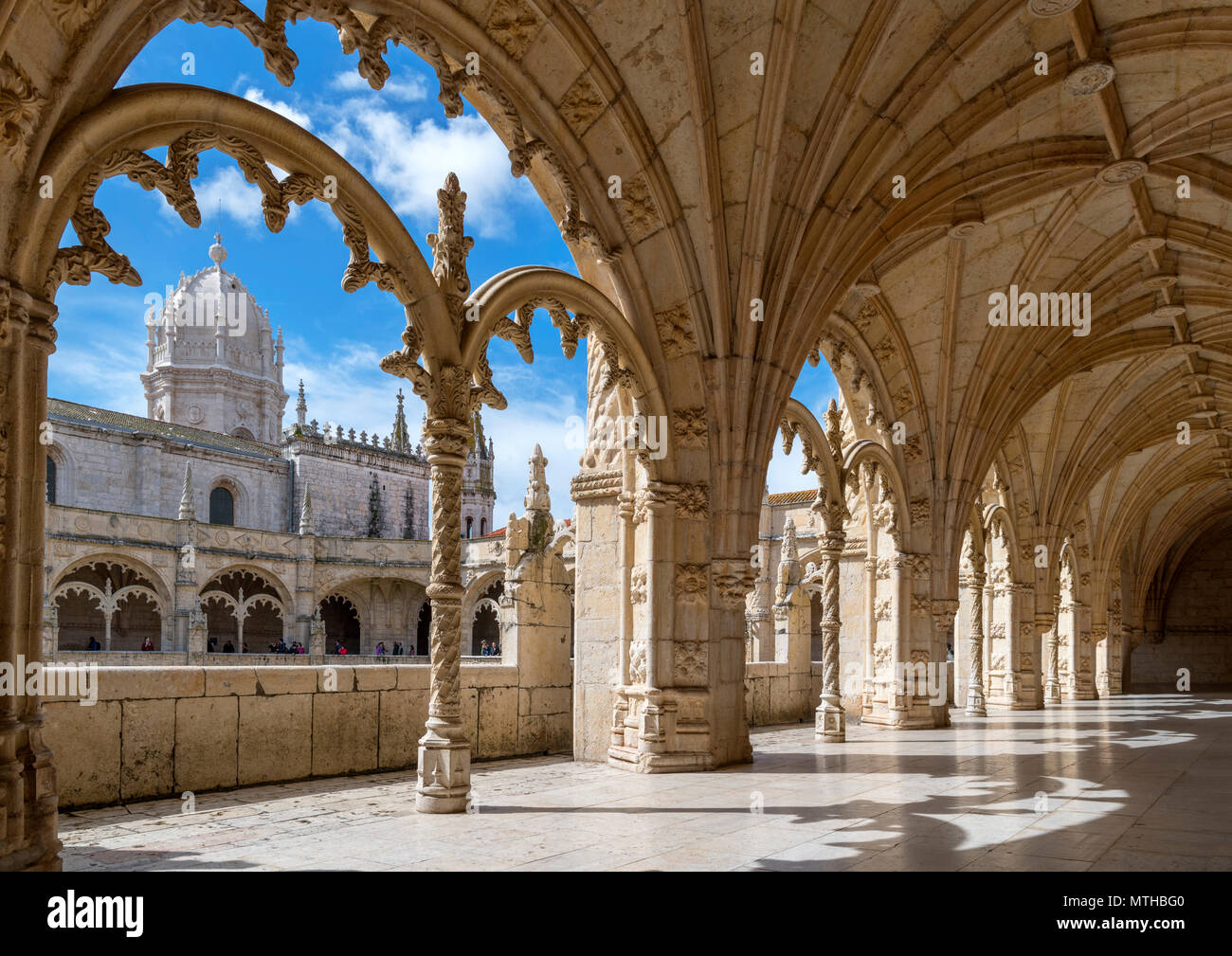
The Jerónimos Monastery (in Portuguese Mosteiro dos Jerónimos), one of the most famous and most visited monuments of Lisbon is not just an exceptional architectural work, but also an important symbol of the Portuguese identity and culture. This masterpiece of Manueline style, a unique Portuguese artistic movement that melts late-gothic elements with renaissance elements.